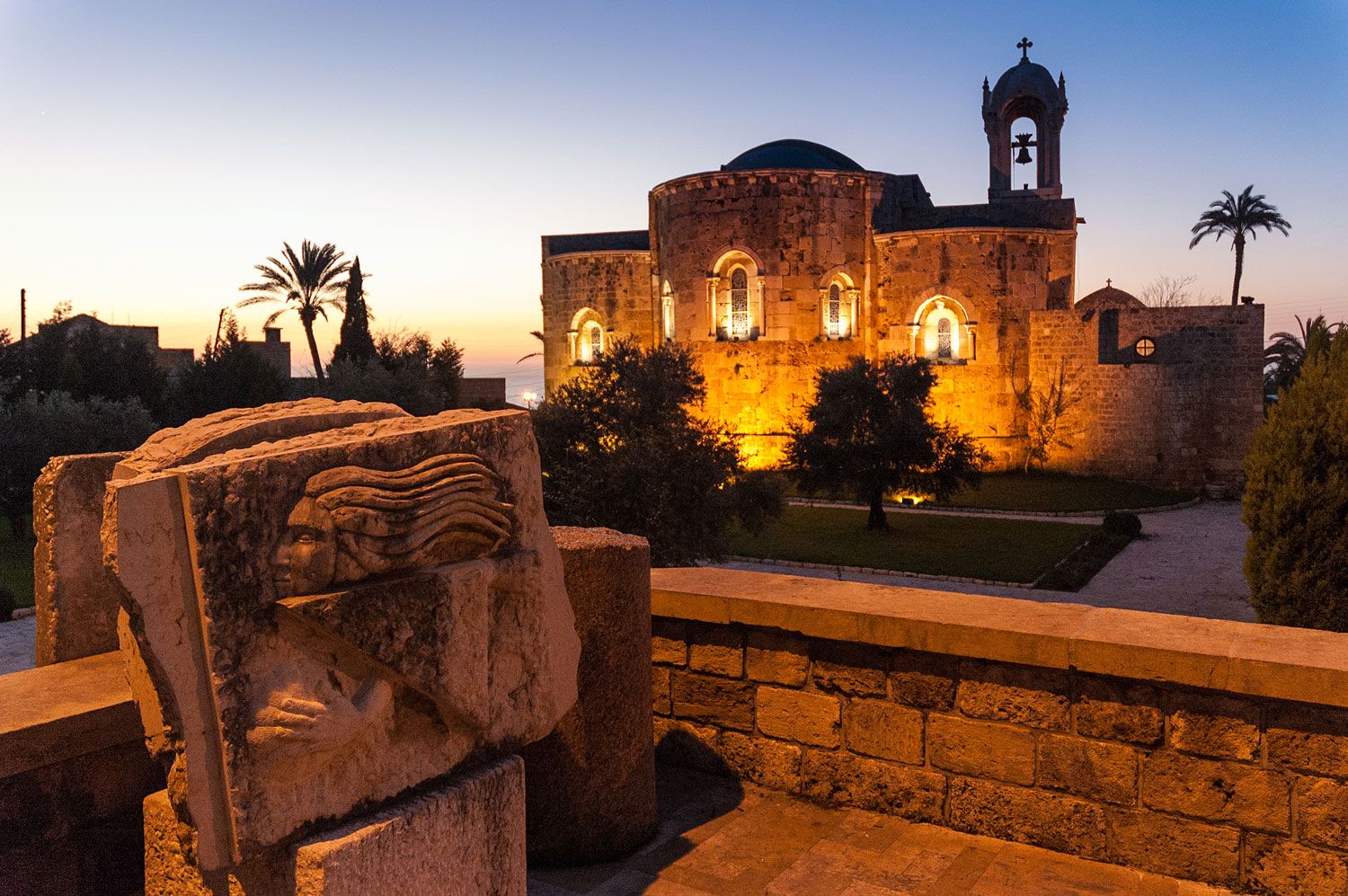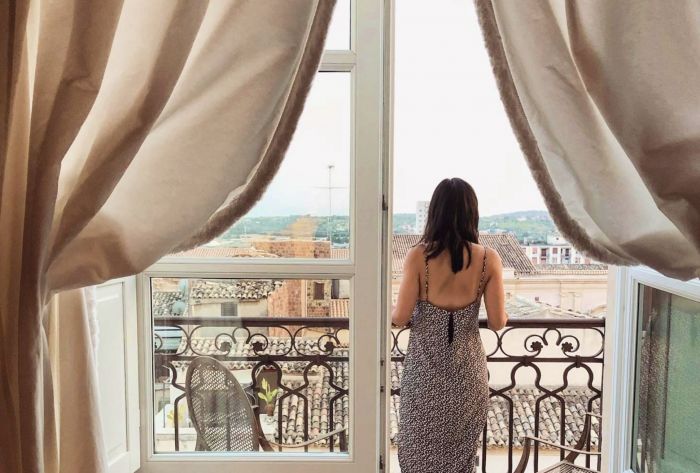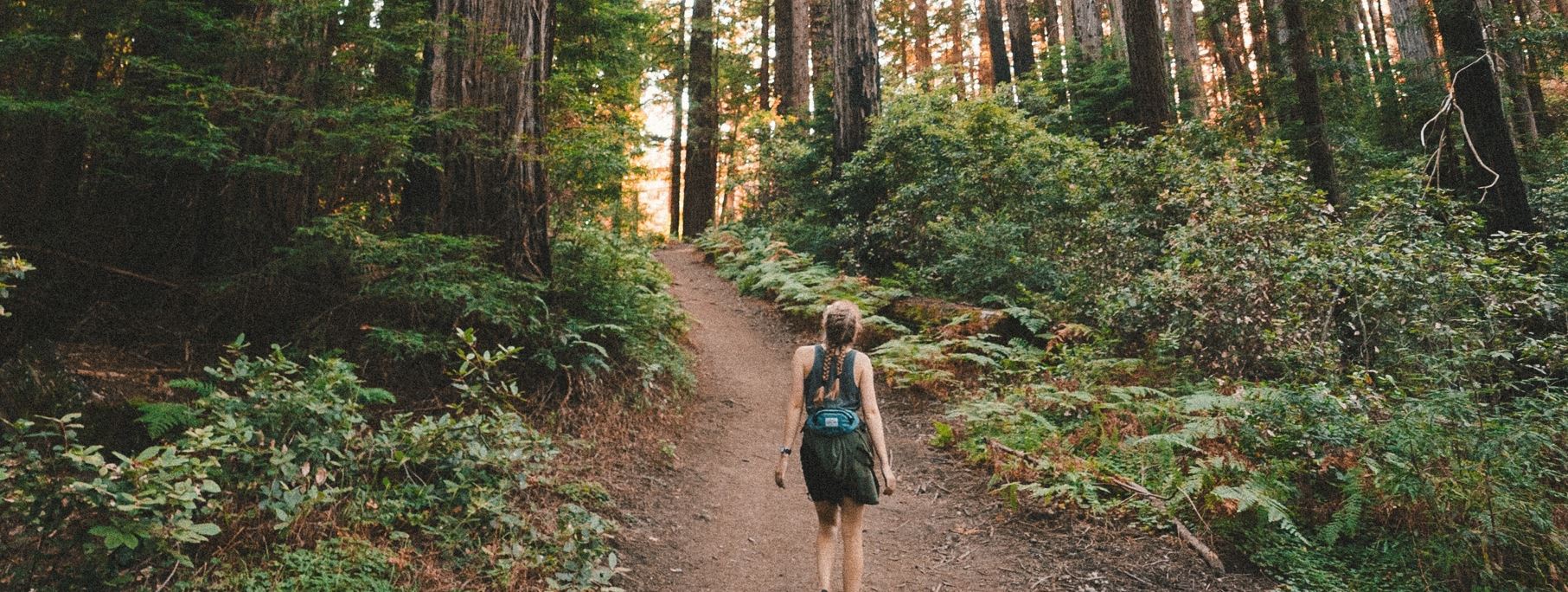
In 2010, the New York Times declared that Byblos (aka Jbeil), Lebanon was “witnessing a rebirth of sorts.” The publication went on to say, “If Beirut is the Paris of the Middle East, as the cliché goes, then Byblos, some 22 miles up the coastline, is its Cannes: an ancient port framed by pre-Roman ruins, white sandy beaches and cedar-topped mountains.” That’s a pretty bold comparison for a city with only 1.9 square miles to its name.
Six years later though, unless you’re an avid traveler, you may still know little about the over 7,000-year-old town. To fully understand its growth and importance, you need to take a step back and see where it has come from in its many, many years of existence. The coastal town is one of the world’s oldest and is located 24 miles north of Beirut along sandstone cliffs and began as a small fishing village built by Phoenicians. Since the Neolithic times, it has been consistently inhabited by many different civilizations and following the Bronze Age has provided one of the primary examples of urban organization in the Mediterranean world. Plus, it is directly associated with the history and diffusion of the Phoenician alphabet.

By 3,000 BCE, the region had become a prosperous trade municipality and was the single most important shipping port for timber to Egypt. Regarded as the first city to perfect ship-building, locals were then known as “princes of the sea.” During the period of Egyptian domination, Jbeil was a walled city whose streets were built concentrically to the town center. Based on a number of funerary offerings, archeologist believe the colony was financially and materially prosperous as well, despite Egyptian rule.
In 1984 it became a UNESCO World Heritage site (becoming one of the first added to the list), and now houses some 40,000 citizens. In the ‘80s and ‘90s, the civil war deterred tourists from visiting. But today, despite there still being civil and national unrest within Lebanon, travelers have made their way back to the port city. Political elite, Arab starlets and affluent expats have made the trek to the Middle Eastern destination in search of its historic ruins that sit side-by-side with upscale restaurants, multi-million dollar yachts and luxury hotels.

In today’s modern society, Byblos has managed to honor its heritage while ushering in a new breed of wealthy residents, harkening to its past as a successful and prosperous city. If you’re considering a unique destination for your next vacation, there are plenty of reasons why the Lebanese city should be high on your list.
Before you go, note that the US Department of State warns US citizens to be weary of visiting the country based on ongoing safety and security concerns. Also, a passport with no Israeli stamps or visas is required in order to enter Lebanon, as well as tourist visa. That being said, plenty of travelers are still heading to the glamorous locale.

Where to Stay
There are seven four- and five-star hotels in Jbeil, along with a handful of villa rentals. If you prefer the full-service route, Byblos Svr Mer is a five-star property that sits along the seafront and is popular among young couples. Named after the gods and goddesses of the region’s legends, suites come with sea or port views and are individually decorated so that no two are alike. They also feature a Special Collections program in which they invite guests to discover some of the hidden treasures of the hotel such as archeological ruins beneath the floors, a private collection of oriental carpets and Lebanese antiques.
To really get a feel for Lebanese life, consider the Fidar Beach House vacation rental which can hold up to 13 guests. The residence sits on a cliff and has direct access to the beach. It's also only a five-minute drive to the Old City or a 20-minute walk. Designed by Raed Abillama in 2011, the villa features modern open spaces, four bedrooms, a stunning infinity pool and a sprawling terrace. The residence is priced at $3,384 per night with a seven-night minimum stay.

Archeology & Ruins
Byblos’ ruins will keep most visitors busy for a day or two, with royal tombs, the King’s Well, Temple of Baalat Gebal and a fortress to be discovered. A good place to start is the restored 12th-century Crusader castle surrounded by a dry moat. Its entrance leads to an archaeological site filled with Chalcolithic, Greek, Neolithic and Roman relics. Visitors can climb the stone staircases to the top of the fortified central tower to get a bird’s eye view of the ruins. Inside the castle you’ll find a small museum and room holding information about the city’s history.
Outside of the castle are three temples and a Roman theater. Thought to have been burned down during the Amorite invasions, the Temple of Resheph has an L-shape and dates back from the 3rd millennium BCE. Next to this are the remains of the Obelisk Temple, where archeologists unearthed 1,500 gold-covered votive offerings in the shape of human figures. The 20th century artifacts can now be found at Beirut’s National Museum. The oldest of the three, the Temple of Baalat Gebal, dates back to the 4th century BCE and was dedicated to Aphrodite during the Roman period. Six columns still stand as you approach the entrance and the National Museum houses alabaster vase fragments inscribed with the names of Old Kingdom pharaohs that were found here.

Built in 218 AD, Roman Theatre of Byblos sits west of the Temple of Baalat Gebal. It was reconstructed and moved closer to the shore in order for archeologists to excavate further below in search of older generations. Behind it are nine royal tombs, one of which was King Hiram’s featuring one of the earliest Phoenician alphabet inscriptions in the world.
While these sites can be explored on your own, a guide is always helpful in really getting the most out of your tour, especially since the above are only a handful of sites that are on offer. Corinthian Travel offers an eight-day Classic Lebanon trip to the Bible’s “Land of Milk & Honey.” Guests will visit a number of historical monuments, five UNESCO World Heritage sites and experience some of the city’s best dining and local hotspots.

Don't Miss
The city is also home to many contemporary and intriguing establishments such as the Pepe’s Fishing Club, an iconic restaurant which was founded in 1962 by the late Pépé Abed. Back in the ‘60s and ‘70s, everyone from Marlon Brando to David Niven used to eat there. Although nowadays it pales in comparison to its former self, it’s still a great destination for a sunset cocktail on its terrace. For a more upscale meal, head to é Café EddéYard in the old souk, a French café with an al fresco courtyard dotted with olive trees and stone walls covered with purple bougainvillea.
During the day, souk stalls and boutique shops draw a mostly touristy crowd, with shoppers looking to purchase ceramic vases and local goods. But when the sun sets, glittering 30-somethings emerge for an evening of drinks, dancing and playing. Ūbernation is a great choice for late-night partying with DJs and an always-bumping atmosphere. But be sure to reserve a table a few days in advance since it usually fills up pretty quickly. A little less chaotic spot is Oasis Open Air pub, a small outdoor venue with great views and tasty cocktails.














